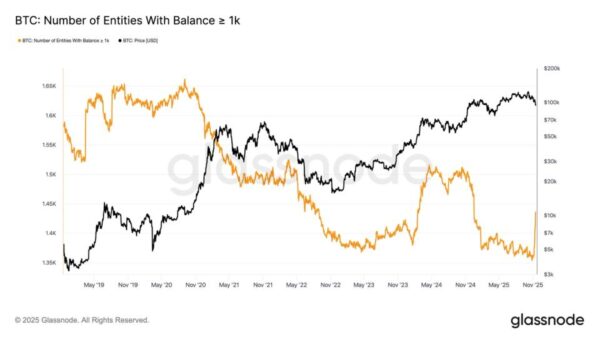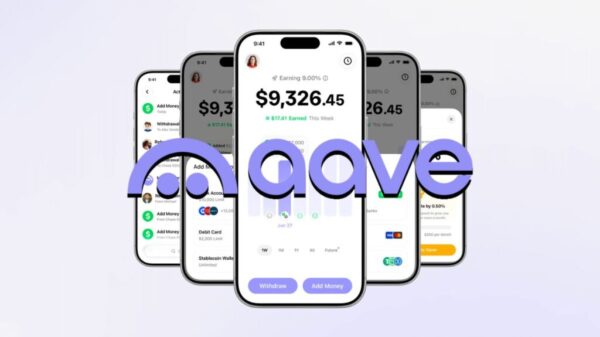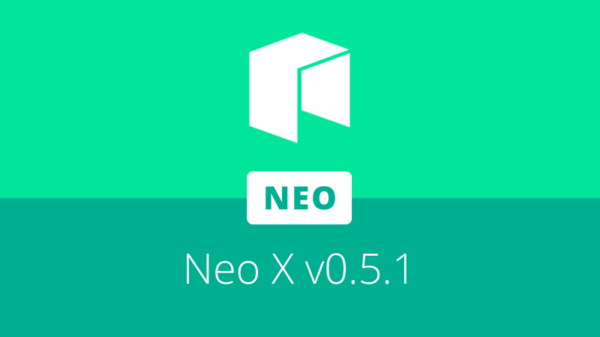The cryptocurrency sector is grappling with a significant communication crisis, where distinguishing genuine messages from scams has become increasingly challenging. In 2023, losses due to crypto fraud reached an alarming $5.6 billion, according to estimates from the FBI. This figure accounts for almost half of all reported fraud losses, representing a staggering 45% increase from the previous year.
One of the most pressing issues stems from phishing scams, which alone accounted for approximately $300 million in losses this year. Scammers exploit low-cost SMS services, dispatching hundreds of thousands of fraudulent messages at a mere $0.004 each. They often impersonate credible entities, including cryptocurrency exchanges and notable figures, leading to devastating financial consequences for victims. For instance, sending 100,000 fake messages costs around $400, but if just ten individuals fall for a $1,000 scam, that results in a jaw-dropping 2,400% return on investment for the scammers. This scenario exemplifies a classic market failure, where the low cost of sending spam contrasts sharply with the substantial costs incurred by victims.
Traditional communication platforms like WhatsApp and Telegram were not designed with the unique needs of the crypto community in mind. They fail to verify wallet addresses effectively, rendering them ideal environments for scammers. As legitimate opportunities often appear similar to scams in this fast-paced space, crypto users struggle to communicate about essential matters such as NFT trades or DAO proposals without a reliable verification mechanism. The resulting noise obscures the valuable signals.
In response, several innovative platforms are now exploring the concept of pay-to-message systems, which leverage an age-old economic principle: monetizing attention. While this concept isn”t novel, advancements in cryptocurrency technology have made its implementation feasible. For instance, Priority Ping, a wallet-to-wallet messaging platform, has facilitated over 10,000 transactions under this model. Users incur small fees in cryptocurrency for sending messages, effectively raising the barrier for spam while ensuring that only serious communications take place.
This approach not only reduces spam but also introduces accountability; if recipients do not open a message, senders can reclaim their fees. This dynamic incentivizes senders to think critically about the relevance of their messages while encouraging recipients to engage with legitimate communications.
The rise of pay-to-message systems is indicative of a broader transformation in the attention economy. Current models that allow platforms to profit from user attention while offering little in return are becoming increasingly unsustainable. Initiatives like Basic Attention Token are already demonstrating the potential for attention-based economics, rewarding users for viewing advertisements in the Brave browser.
However, the adoption of economic messaging solutions is not without challenges. The effectiveness of messaging platforms hinges on user participation; they are only valuable when a critical mass of users engages with them. Many crypto enthusiasts continue to rely on established platforms such as Discord and Telegram, which complicates the transition to newer systems. Additionally, sensitivity to pricing varies among users, necessitating adaptable pricing models that cater to varying economic conditions.
Privacy concerns also loom large, as blockchain transactions are typically public, which could inadvertently expose communication patterns despite preserving message content confidentiality. While some platforms are exploring privacy-enhancing technologies, this area remains a significant hurdle to overcome.
Despite these challenges, economic messaging platforms are poised to address real issues. The call for pay-to-message systems has already been echoed by prominent figures in the cryptocurrency industry, including Binance founder Changpeng Zhao. Various platforms are now competing in this space, each with distinct approaches focusing on wallet-to-wallet communication, group chats based on token ownership, or decentralization.
In conclusion, the dynamics of attention in the cryptocurrency realm are evolving rapidly. As blockchain technology advances and transaction costs decrease, pay-to-message systems are becoming more viable. By making spam costly and preserving affordable communication for legitimate users, these systems have the potential to transform the landscape of crypto communication and tackle the $5.6 billion fraud problem head-on.






































































